Superfund Research Program
Below is a list of recent SRP grant recipient Technology Profiles featured in the quarterly Science Digest
NIEHS does not maintain articles more than three years. Older articles are stored on our archive site. Click this link to go to the NIEHS website archive for Technology Profiles. In the archive, you may encounter broken links, images, or videos in some articles.
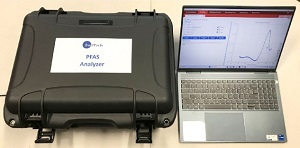
June 2024
2witech Solutions LLC developed a portable device to screen for PFAS in contaminated water. Capable of detecting very low concentrations of PFAS, the analyzer quickly provides real-time information and costs less than traditional laboratory testing.
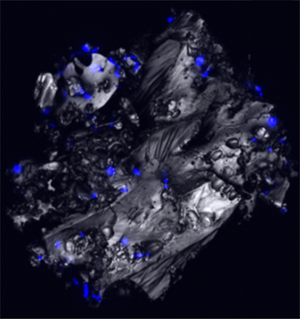
March 2024
Researchers at the University of Iowa are investigating how biochar, the carbon-rich byproduct of burning plant matter, can enhance the performance of a type of bacteria - called organohalide-respiring bacteria (OHRB) - commonly used to break down halogenated pollutants.
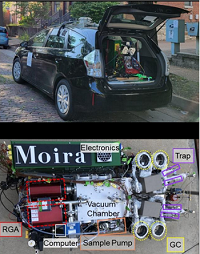
December 2023
Researchers at the University of Louisville Superfund Research Program (SRP) Center have gained new insights into levels of volatile organic compounds (VOCs) in the environment using the Multichannel Organics In-situ enviRonmental Analyzer (MOIRA) instrument.
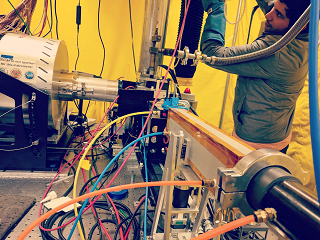
September 2023
Researchers at the University of New Mexico and University of Iowa Superfund Research Program (SRP) centers created an improved electrospun nanofiber technology to detect uranium in contaminated water.
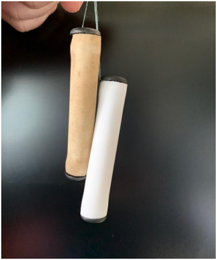
June 2023
Researchers at the University of Rhode Island SRP Center, led by Rainer Lohmann, Ph.D., developed a passive sampling device to monitor per- and polyfluoroalkyl substances (PFAS) in wastewater treatment plant effluent, as well as in groundwater and rivers.
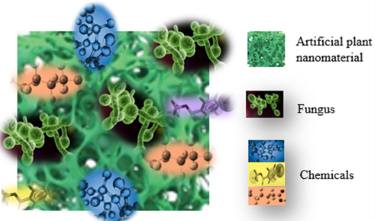
March 2023
Scientists at Texas A&M AgriLife Research developed a novel technology that can efficiently bind to and break down per- and polyfluoroalkyl substances (PFAS) in the environment. Their approach combines a plant-based material that adsorbs PFAS and a fungus that can take up the chemicals.
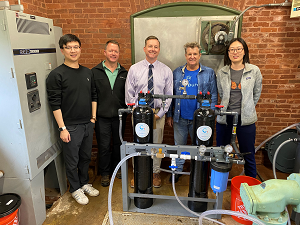
December 2022
CycloPure, Inc. has adapted their SRP-funded technology, DEXSORB+, into several products to detect and remove per- and polyfluoroalkyl substances (PAFS) from water. DEXSORB+ uses cup-shaped cyclodextrins, sugar molecules bound together into rings, to bind and remove PFAS.
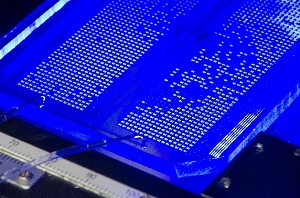
September 2022
Quantitative BioSciences, Inc., has developed a customizable sensor to continuously monitor water for arsenic, mercury, and cadmium, among other contaminants. A Business Innovation Research Grant from the NIEHS Superfund Research Program supported early work on the device.
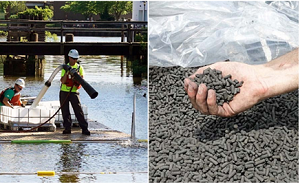
June 2022
NIEHS Superfund Research Program-funded small business RemBac Environmental, LLC., developed a remediation technology to treat sediments contaminated with polychlorinated biphenyls (PCBs). The technology uses activated carbon pellets containing microorganisms to degrade PCBs in sediments.
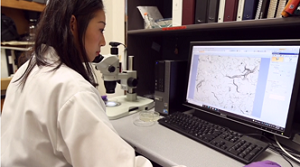
March 2022
Timothy Phillips, Ph.D., and team at the Texas A&M University SRP Center developed therapeutic sorbent technology to reduce the ability of hazardous chemicals to harm the body. These edible sorbents decrease exposures by binding to chemicals, like per- and polyfluoroalkyl substances (PFAS), in the intestines.
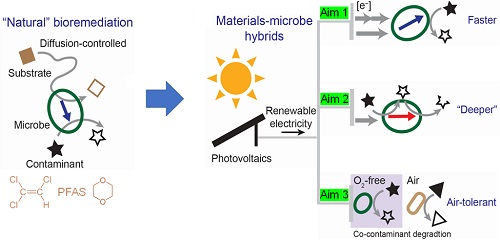
December 2021
Researchers at the University of California (UC), Riverside and UC Los Angeles are exploring how nanomaterials powered by solar electricity can accelerate the activity of bacteria used to clean up halogenated contaminants such as chlorinated solvents, per- and polyfluoroalkyl substances (PFAS), and 1,4-dioxane in groundwater.

September 2021
Researchers from the Texas A&M University (TAMU), Brown University, and University of California (UC) San Diego SRP Centers developed an online interactive dashboard, called the Toxics Mobility Vulnerability Index (TMVI). Their objective was to display how land use, such as green space or industrial land, interacts with extreme weather and sociodemographic characteristics to affect public health.
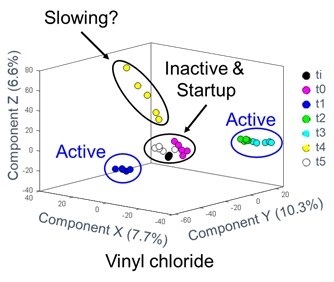
June 2021
Researchers at SRP-funded small business Microbial Insights use highly sensitive instruments to analyze metabolites, small molecules that result from different chemical and biological processes. Their goal is to provide key insights on site-specific conditions that affect the ability of bacteria to break down harmful contaminants in the environment.
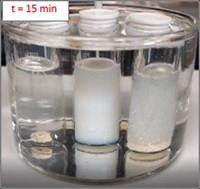
March 2021
SRP-funded small business Bluegrass Advanced Materials developed smart temperature responsive copolymer flocculants to remove persistent water-soluble contaminants, such as per- and polyfluoroalkyl substance (PFAS), from water. The technology separates solids and liquids by forming flocs, larger aggregations of particles that can more easily be removed from water.


